Image of the Day Archives

For older Image of the Day pictures, please visit the Image of the Day archives. Pictured: NGC 2467.
Twisting the Filament Away
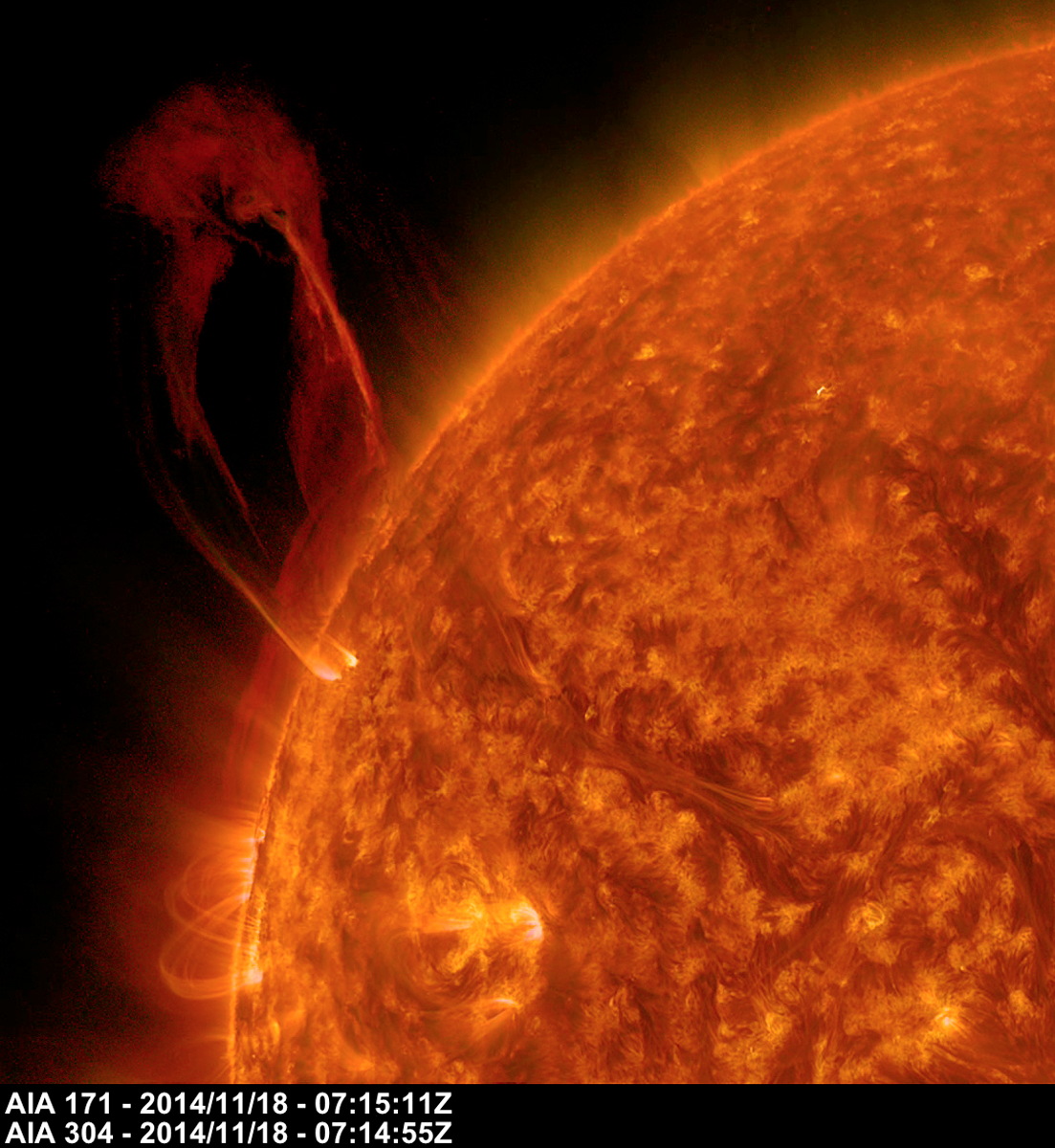
Monday, Dec. 1, 2014: On Nov. 18, 2014, part of a long solar filament arose from the sun, formed a large loop, and then twisted off into space. Filaments consist of long strands of plasma held above the sun by magnetic forces. The filament coincided with a coronal mass ejection. Solar Dynamics Observatory obtained this image using two wavelengths of extreme ultraviolet light.
— Tom Chao
Gave Me a Surprise
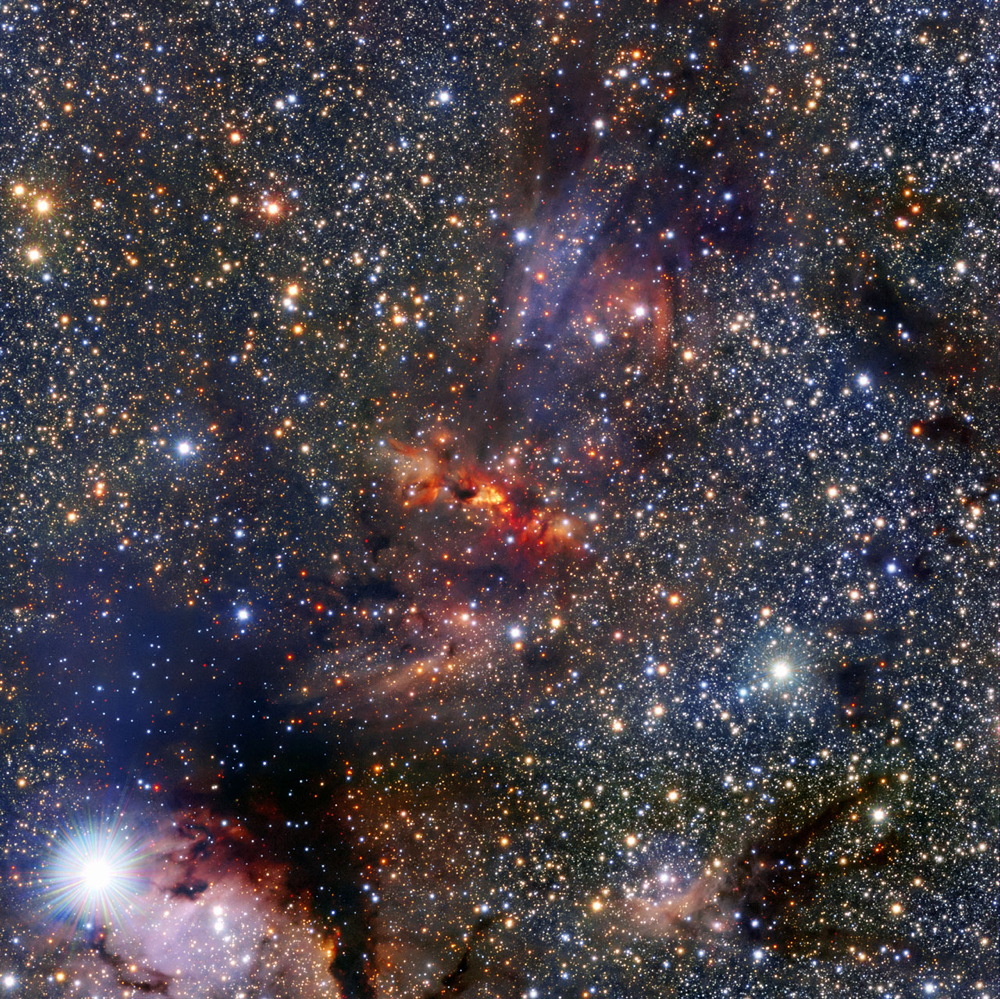
Tuesday, Dec. 2, 2014: This image shows a portion of the Milky Way that lies in the constellation of Scorpius, close to the central plane of the galaxy. A dense cloud of dust and gas associated with the molecular cloud IRAS 16562-3959 clearly appears as an orange smudge among the pool of stars at the center of the image. In the center of the cloud the bright object known as G345.4938+01.4677 shines through the veil of gas and dust. This very young star forms as the cloud collapses under gravity. The young star is very bright and heavy, and it possesses surprising properties: A large disc of gas and dust floats around the forming star while a stream of material flows from it. Theories predict that the stream and disc likely should not exist around stars like G345.4938+01.4677, as the strong radiation from massive new stars would push material away. At the bottom left of the image, the bright star HD 153220 glows. Image released Dec. 1, 2014.
— Tom Chao
Everybody Loves the Mystery
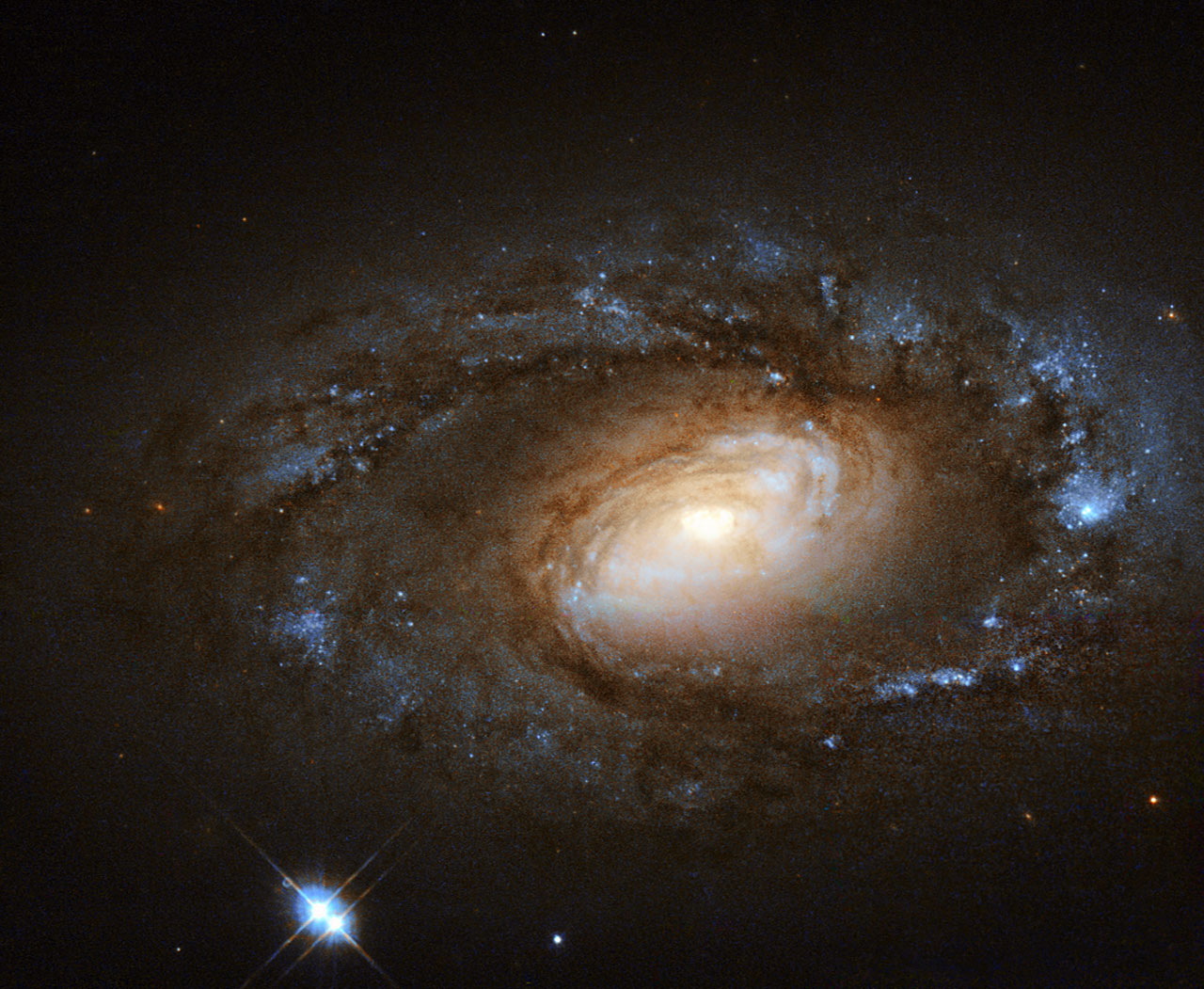
Wednesday, Dec. 3, 2014: Spiral galaxy NGC 4102 lies in the northern constellation of Ursa Major (The Great Bear). This galaxy contains a LINER, or low-ionization nuclear emission-line region, meaning its nucleus emits particular types of radiation, emission from weakly-ionized or neutral atoms of certain elements. Many LINER galaxies possess regions of intense star formation. Astronomers think this occurrence could be intrinsically linked to the galaxy centers but the reason remains a mystery. Image released Dec. 1, 2014.
— Tom Chao
Here Come the Vapor Jets
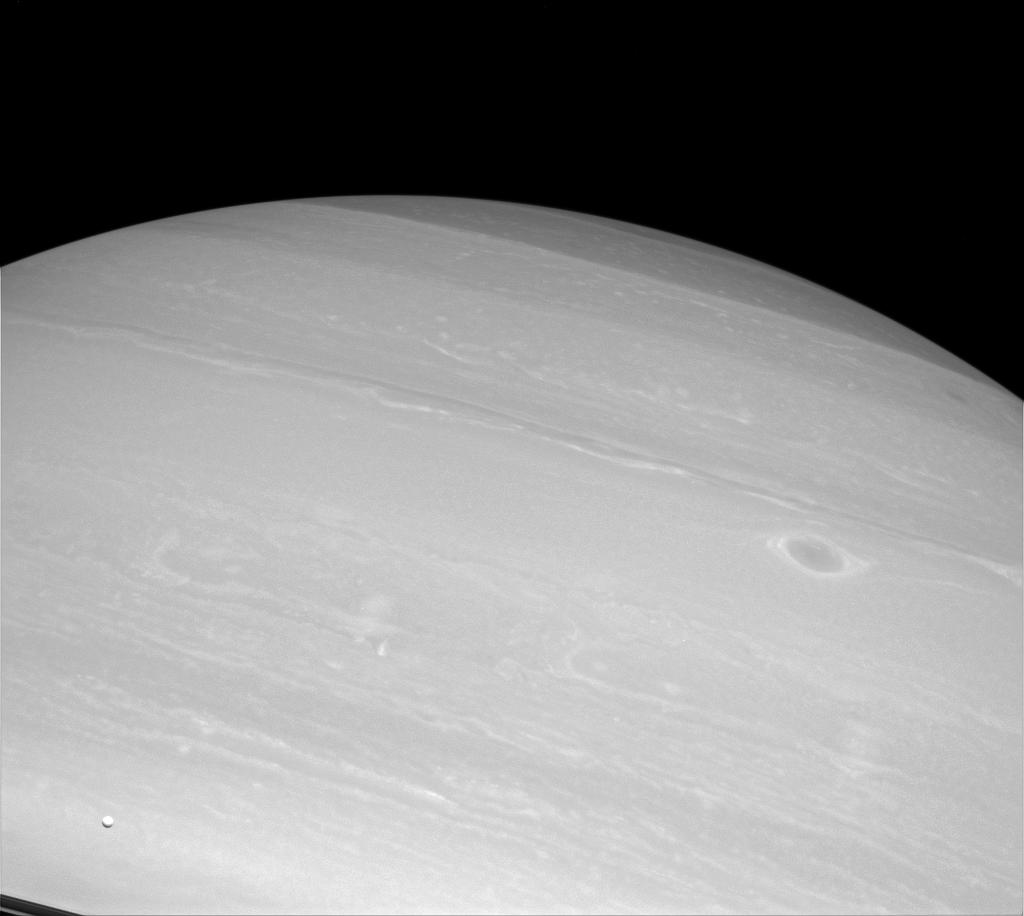
Thursday, Dec. 4, 2014: Saturn’s moon Enceladus appears as a very small dot over the planet in the lower-left corner of this image. Enceladus stretches 313 miles (504 kilometers) across. Intriguingly, this moon shoots vapor jets from its south pole, spurring much study and speculation among researchers. These jets may indicated a sub-surface water reservoir. Cassini spacecraft obtained the image on Oct. 20, 2014.
— Tom Chao
Raw Power
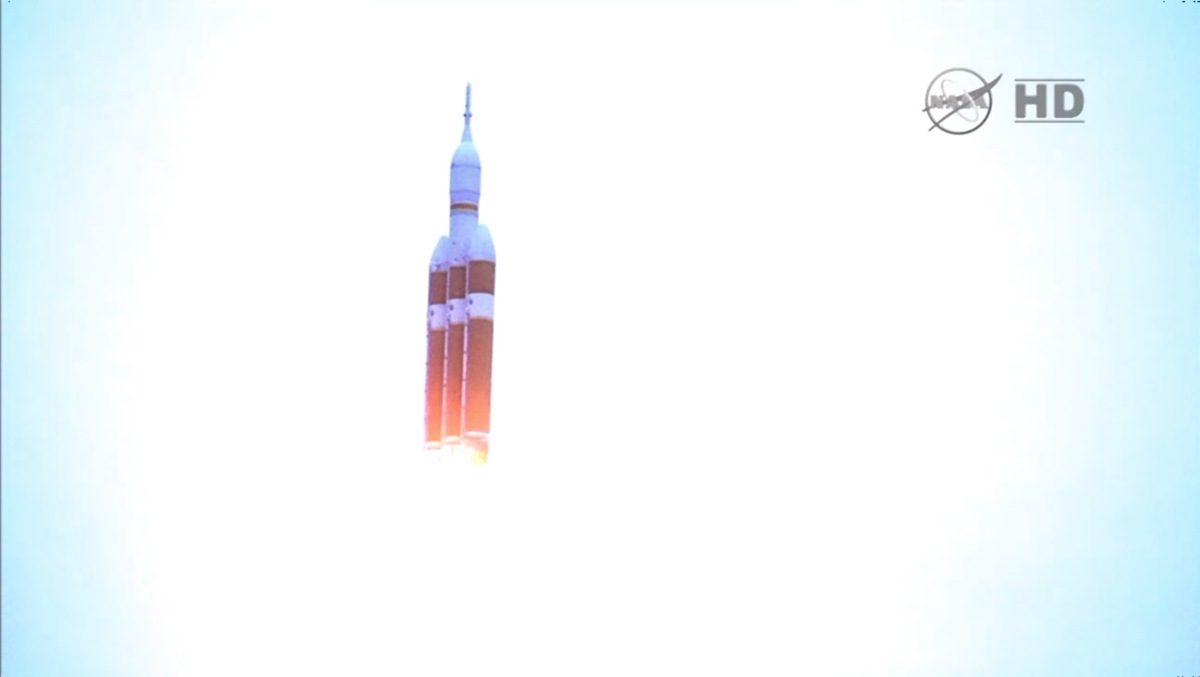
Friday, Dec. 5, 2014: A Delta 4 Heavy rocket carrying NASA’s Orion spacecraft lifts off from Cape Canaveral Air Force Station at at 7:05 a.m. EST, Dec. 5, 2014, in Florida. NASA had to postpone the launch one day because of technical glitches and weather.
— Tom Chao
The Stars Fill the Sky
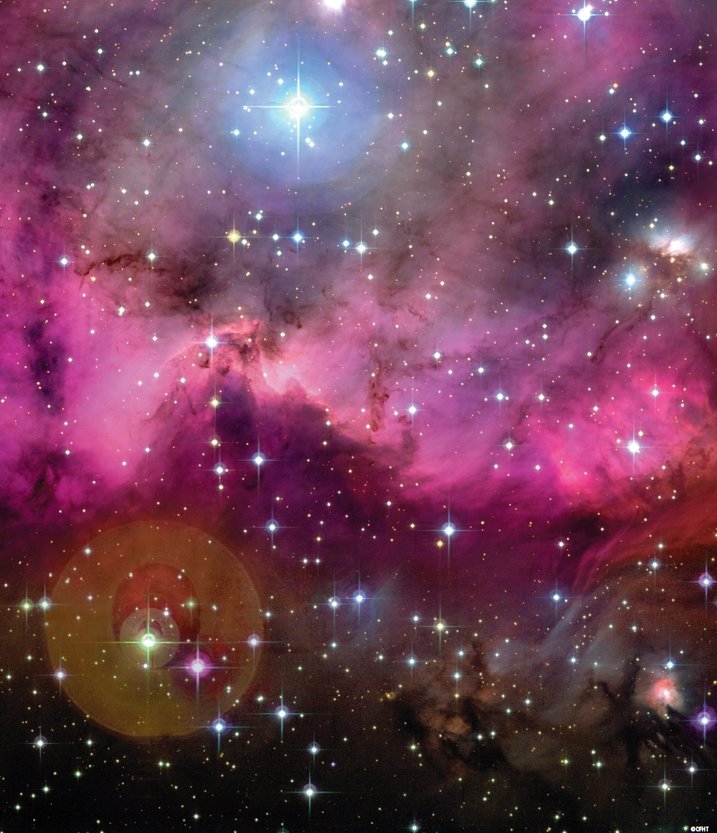
Monday, Dec. 8, 2014: Stars form in textbook fashion inside emission nebula NGC 2174, where molecular clouds condense into star formation regions. New stars next slowly blow unused material back into the interstellar medium. After the lengthy process has almost concluded, the stars have broken out into the open.
— Tom Chao
Get the Space.com Newsletter
Breaking space news, the latest updates on rocket launches, skywatching events and more!
Old As the Universe
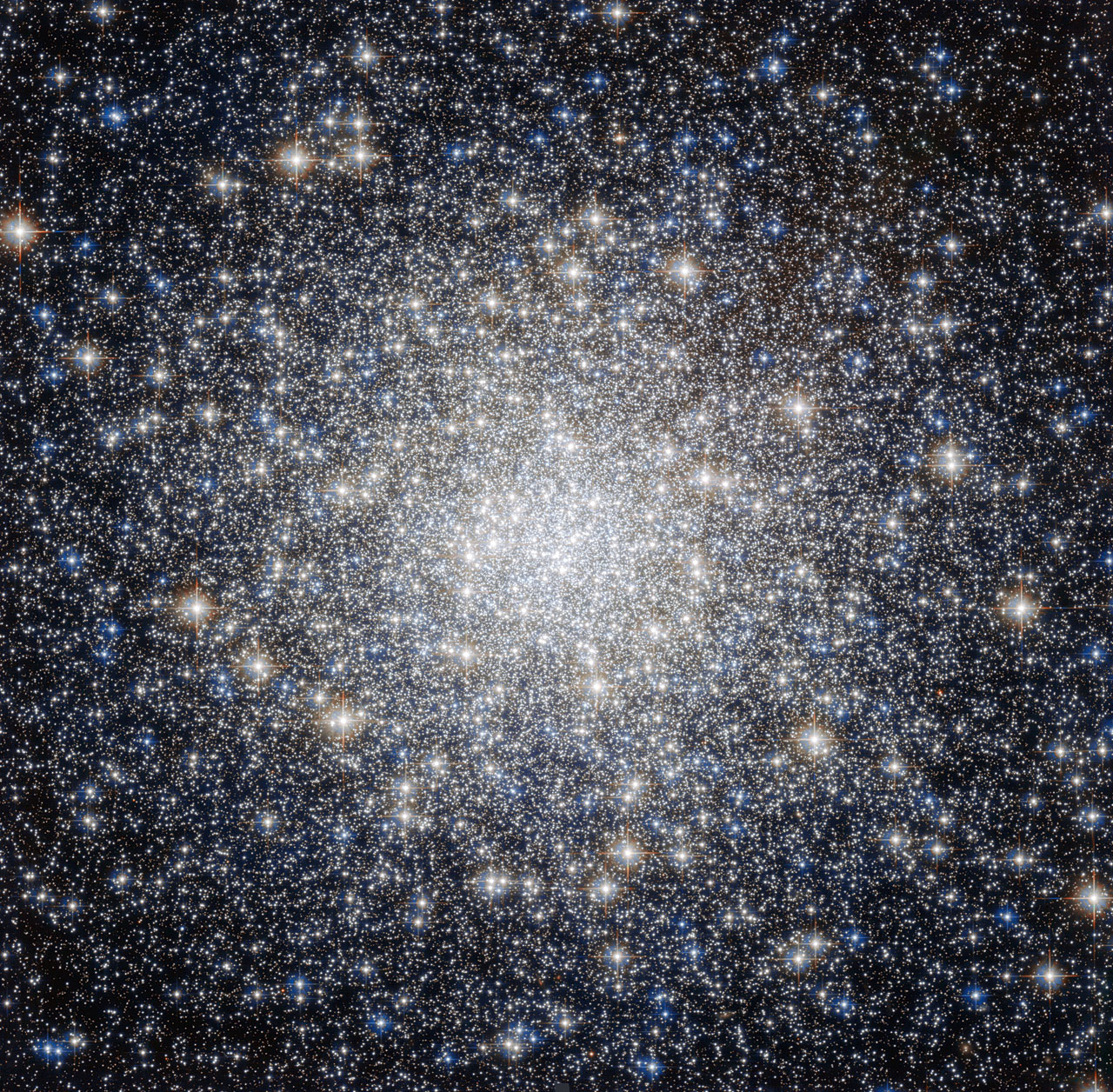
Tuesday, Dec. 9, 2014: Globular cluster Messier 92 lies in the northern constellation of Hercules. Messier 92 represents one of the brightest globular clusters in our galaxy of the Milky Way, and is visible to the naked eye during good observing conditions. The globular cluster contains around 330,000 stars, and has been around a long time, being almost the same age as the universe. Image released Dec. 8, 2014.
— Tom Chao
Independence Day
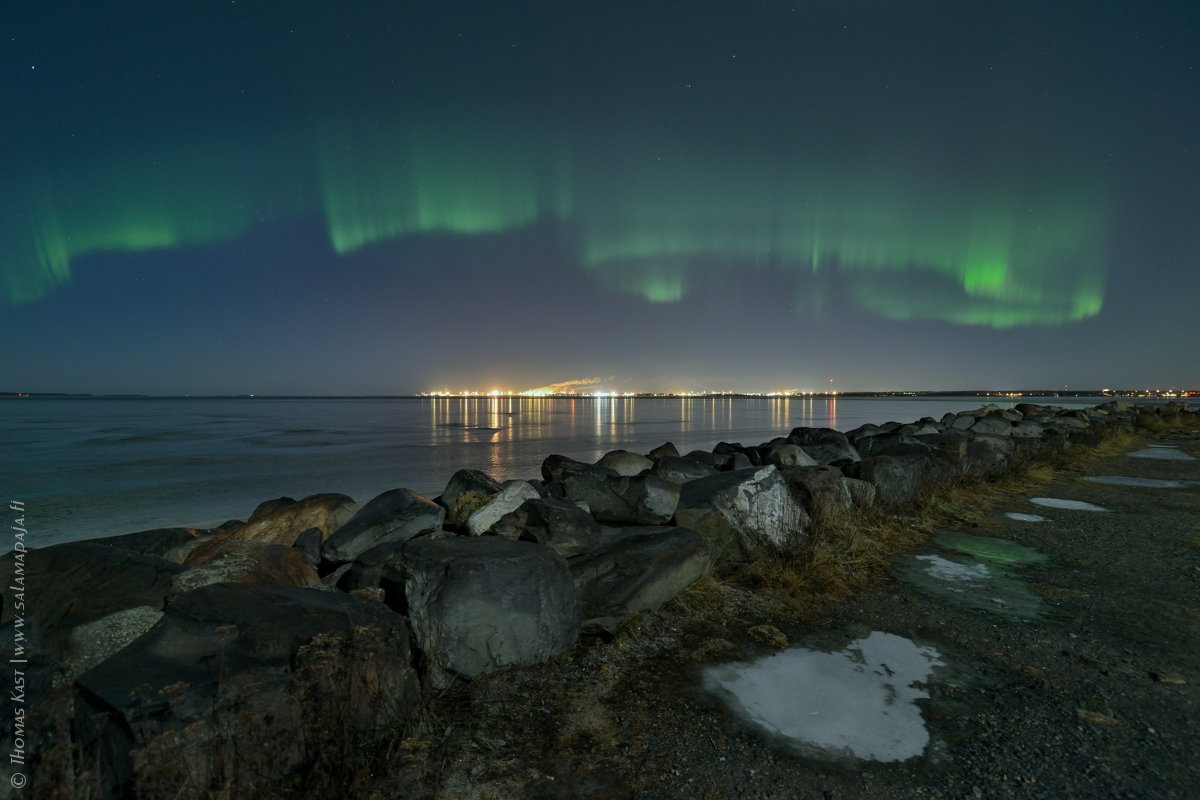
Wednesday, Dec. 10, 2014: Astrophotographer Thomas Kast sent in a photo of an auroral display over Vihiluoto, Finland, taken on Dec. 6, 2014, Finnish Independence Day. He writes in an email message to Space.com: “It was Independence Day here, so it was great to see the lights in the sky. The city lights are from Oulu, and as you can see, the Baltic Sea is nicely frozen.” You can see more of Kast’s work on Instagram, Twitter or Facebook.
— Tom Chao
The Center Cannot Hold
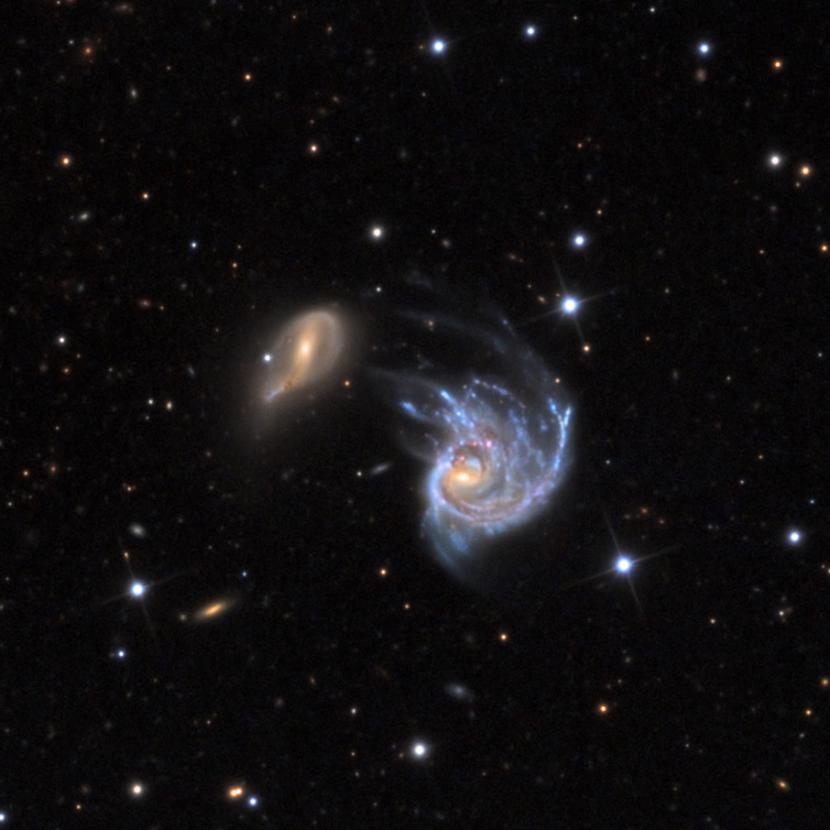
Thursday, Dec. 11, 2014: Galaxy NGC 218, at right in this image, appears severly distorted as the galaxy to the left, PGC 2726, interacts with it. Adam Block, who obtained the image at the Mount Lemmon SkyCenter in Arizona with guest astronomer Bob Taylor, writes in a description: “To my eye, it appears that the nucleus of the main galaxy has been tugged so violently that it has been displaced from its former central location based on the persistent spiral pattern that remains!” NGC 218 lies more than 500 million light years away in Andromeda, and it spans only 1 arcminute across. Block notes: “It is also one of the many discrepancies found in the NGC catalogue. I am labeling this object NGC 218 and PGC 2726 (the interloper) based on the most recent analysis I could find.”
— Tom Chao
A Hole in the Sun
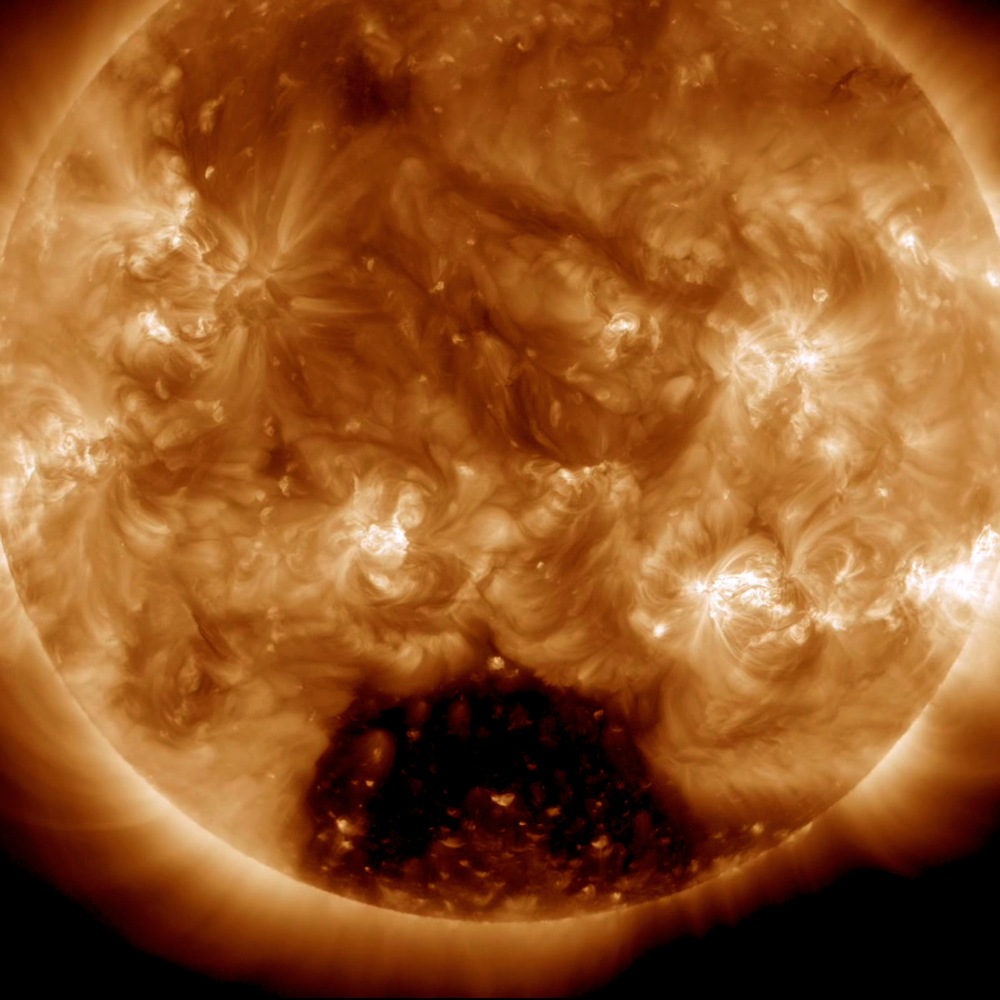
Friday, Dec. 12, 2014: A large, dark coronal hole at the bottom of the sun appeared during the week of Nov. 30 - Dec. 4, 2014. These holes represent areas where the sun’s magnetic field opens and high-speed solar winds stream into space. The area has a dark color because less material is available to image in this wavelength of extreme ultraviolet light. This hole, at its widest point, spans more than 50 times the size of Earth.
— Tom Chao
Join our Space Forums to keep talking space on the latest missions, night sky and more! And if you have a news tip, correction or comment, let us know at: community@space.com.










